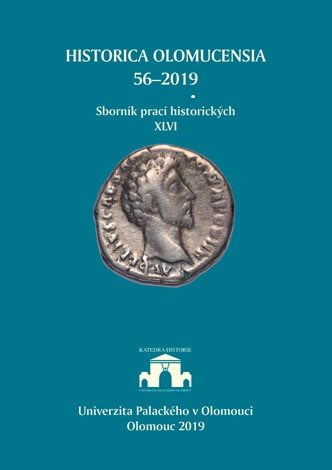Obraz vztahu šlechty a měst v narativních pramenech z českých zemí z období od 14. století do dvacátých let 16. století
Depiction of the relationship between aristocracy and towns in narrative sources from the Czech lands in the period from the 14th century until the 1620s
Author(s): David PapajíkSubject(s): History, 13th to 14th Centuries, 15th Century, 16th Century
Published by: Univerzita Palackého v Olomouci
Keywords: aristocracy; towns; Bohemia; Moravia; 14th century;, 15th century; politics;economy;
Summary/Abstract: The author of the study analysed 16 selected narrative sources from the Czech lands. His aim was to attempt to present how the relationship of two social groups (nobility and burghers) had been changing from the point of view of chroniclers. To illustrate the relationship between the aristocracy and the towns, three chronicles have proven to be the most helpful sources: Chronicle of Dalimil (Kronika tak řečeného Dalimila), Chronicle of Zbraslav (Zbraslavská kronika) and Old Czech Annals (Staré letopisy české). For the so-called Dalimil, it was the attitude towards Germans that was decisive for the assessment of social groups. He highlighted the nobles as fighters against the Germans, on the contrary, the burghers were enemies of the land. Petr Žitavský in Chronicle of Zbraslav criticized the noblemen for disrupting the order in the country, however, he did not possess understanding for the burghers either. Most information and suggestions on the relationship between nobility and towns can be found in the Old Czech Annals. The work, written mostly by burghers, is severely anti-aristocratic; gentlemen and knights were constantly harming the towns.
Journal: Historica - Sborník prací historických
- Issue Year: XLVI/2019
- Issue No: 56
- Page Range: 13-32
- Page Count: 20
- Language: English

